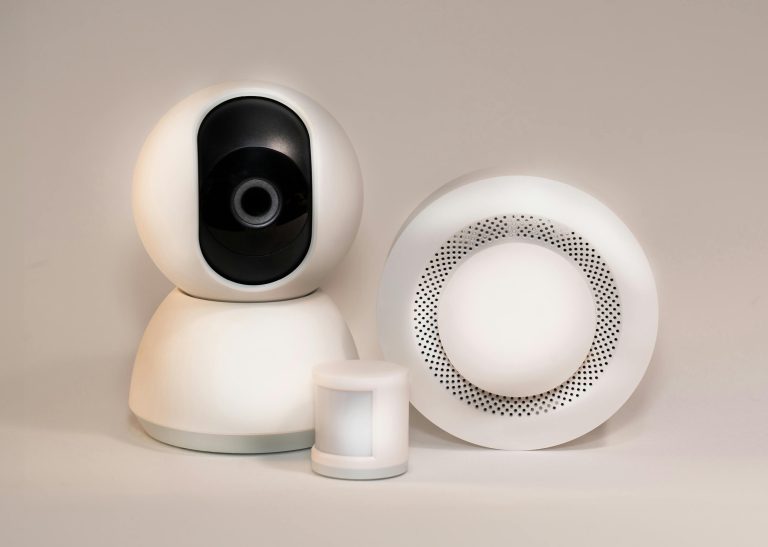Smoke detection technology has undergone a quiet revolution in the past decade, yet many households still rely on outdated devices that fail to meet current safety standards. The latest generation of alarms represents a quantum leap in fire protection, offering detection capabilities that could mean the difference between a close call and catastrophe.
The Speed Advantage
Contemporary smoke sensors react to danger 50% faster than models manufactured before 2015. This critical head start allows families approximately 90 additional seconds to evacuate—a timeframe that often determines survival rates in residential fires. Consulting a smoke alarm electrician ensures proper placement and installation to maximise this technological benefit throughout your home.
Dual-Sensor Technology Explained
Traditional alarms used either ionisation or photoelectric sensors, each with its own blind spots. Modern units combine both technologies, detecting both fast-flaming and smouldering fires equally well. This dual approach eliminates the dangerous gaps in coverage that plagued older single-sensor designs, providing comprehensive protection against all types of fire.
Smart Home Integration
Today’s interconnected systems do more than sound an alarm – they can activate lighting pathways, unlock doors, and automatically alert emergency contacts. Unlike standalone units, networked alarms communicate with each other to pinpoint fire locations and provide targeted evacuation guidance through smartphone notifications.
False Alarm Reduction
Improved algorithms distinguish between actual smoke and common nuisances, such as burnt toast or shower steam. This intelligent filtering prevents alarm fatigue that leads many homeowners to disable their units, while maintaining sensitivity to genuine threats. The result is a system that people actually keep operational.
Power Supply Reliability
Modern hardwired units with battery backups eliminate the risk of disabled alarms due to dead batteries. Advanced models even monitor their own power status and will alert you when maintenance is required, addressing the most common cause of smoke detector failure.
Maintenance Revolution
Gone are the days of climbing ladders to test detectors. Contemporary systems perform automatic self-checks and can be verified remotely via mobile apps. Some premium models even feature 10-year sealed batteries that eliminate the need for battery replacements entirely.
Hearing-Impaired Solutions
Cutting-edge alarms incorporate strobe lights and bed-shaker accessories to alert individuals with hearing difficulties. These inclusive designs ensure equal protection for all household members, regardless of their auditory capabilities.
Insurance Benefits
Many providers offer premium discounts for homes with updated, interconnected systems. The reduced risk profile translates into tangible savings that often offset the upgrade cost within a few years.
The Cost of Complacency
A typical smoke alarm’s lifespan is 10 years; beyond this point, sensor degradation makes failure increasingly likely. Yet, many surveys show that nearly a third of homes contain alarms past their expiration date, creating a false sense of security.
Installation Best Practices
Proper placement requires an understanding of airflow patterns and potential smoke behaviour. Professional installers position units to detect threats at the earliest possible moment, while avoiding dead air spaces where smoke might bypass detection.
Protect Your Loved Ones
The modest investment in modern smoke detection technology pays dividends that can’t be measured in dollars. While no one expects disaster, those 90 extra seconds provided by contemporary systems might represent the most valuable time your family ever gains. In home safety, technological stagnation isn’t just unwise – it’s potentially deadly. Upgrading your alarms today could become the most important home improvement decision you ever make.


